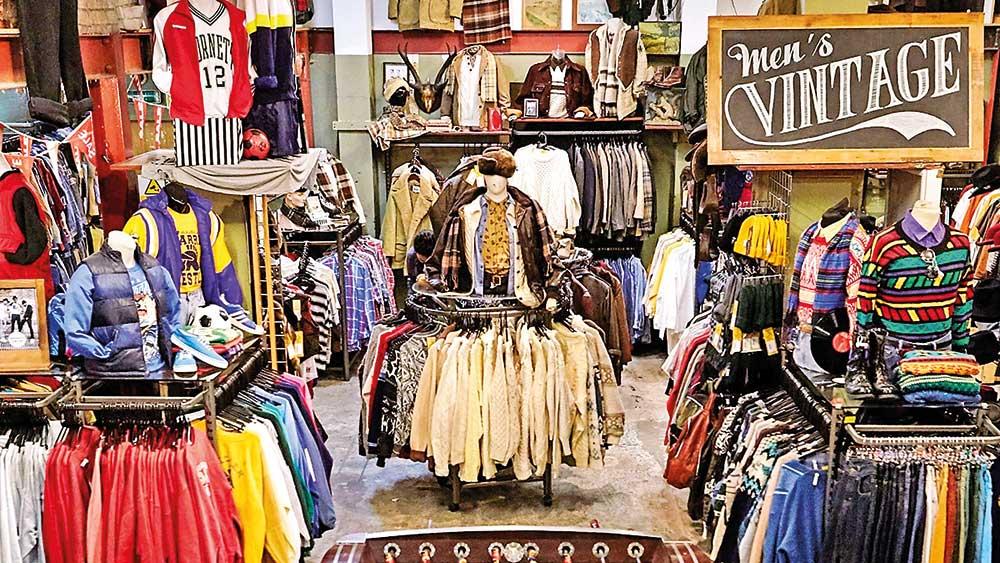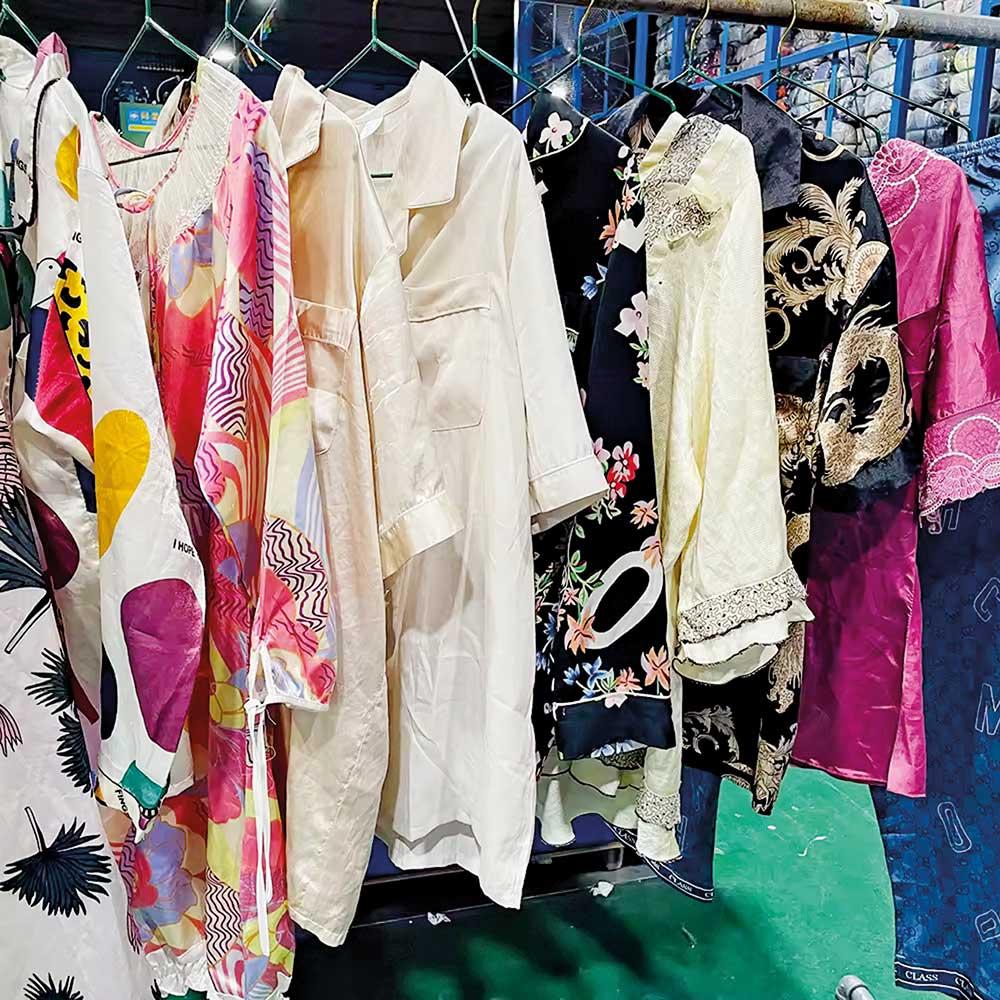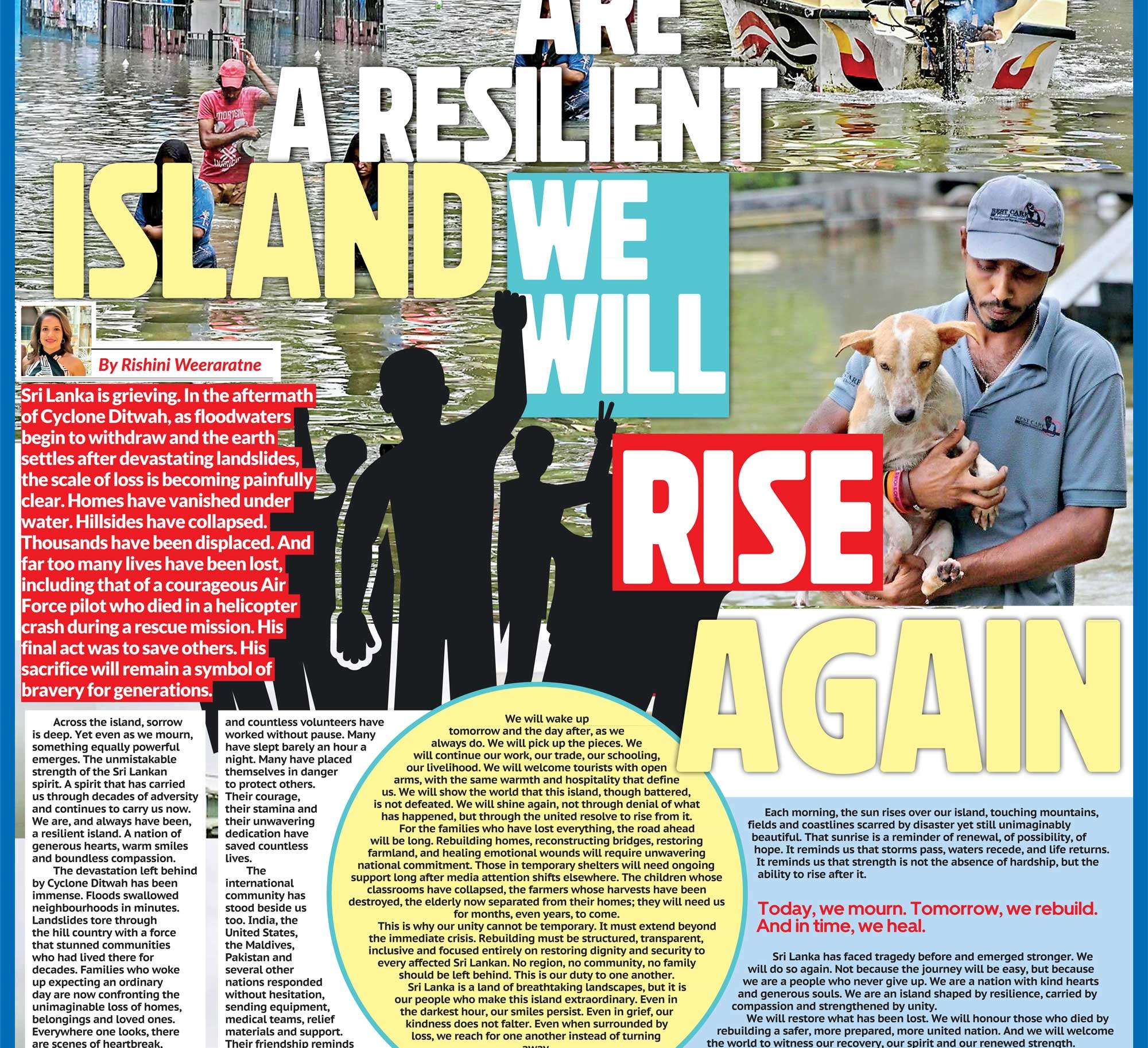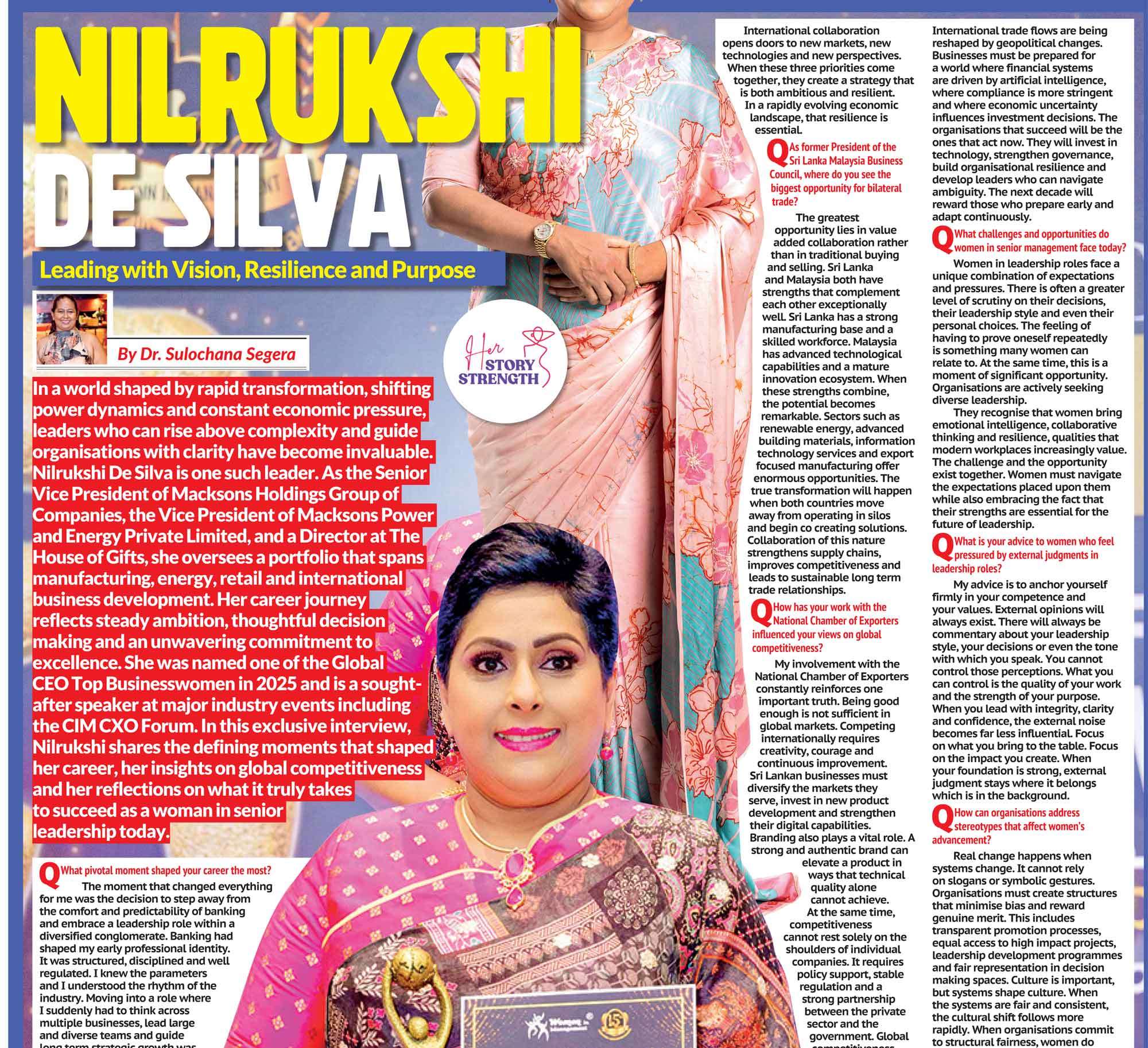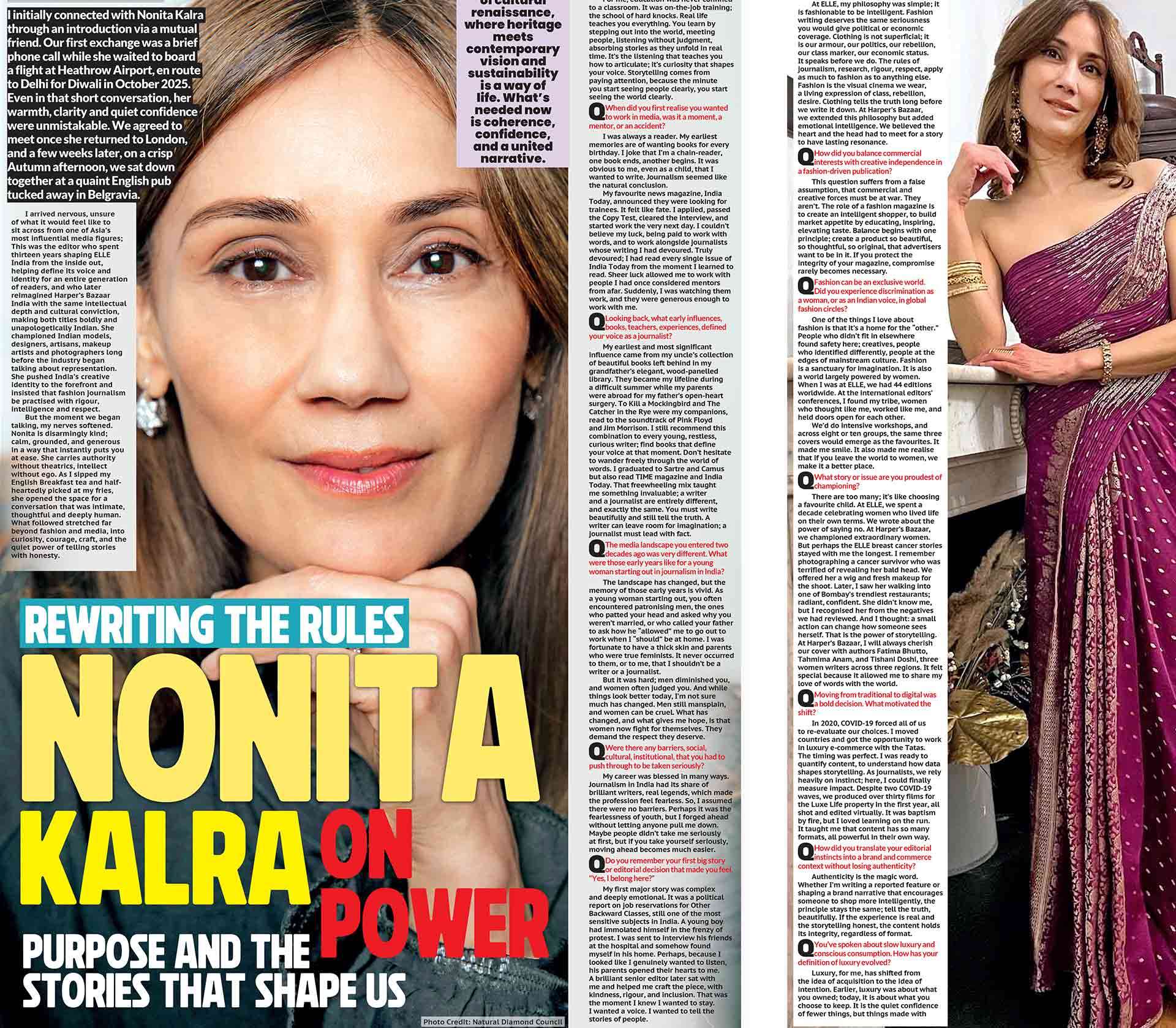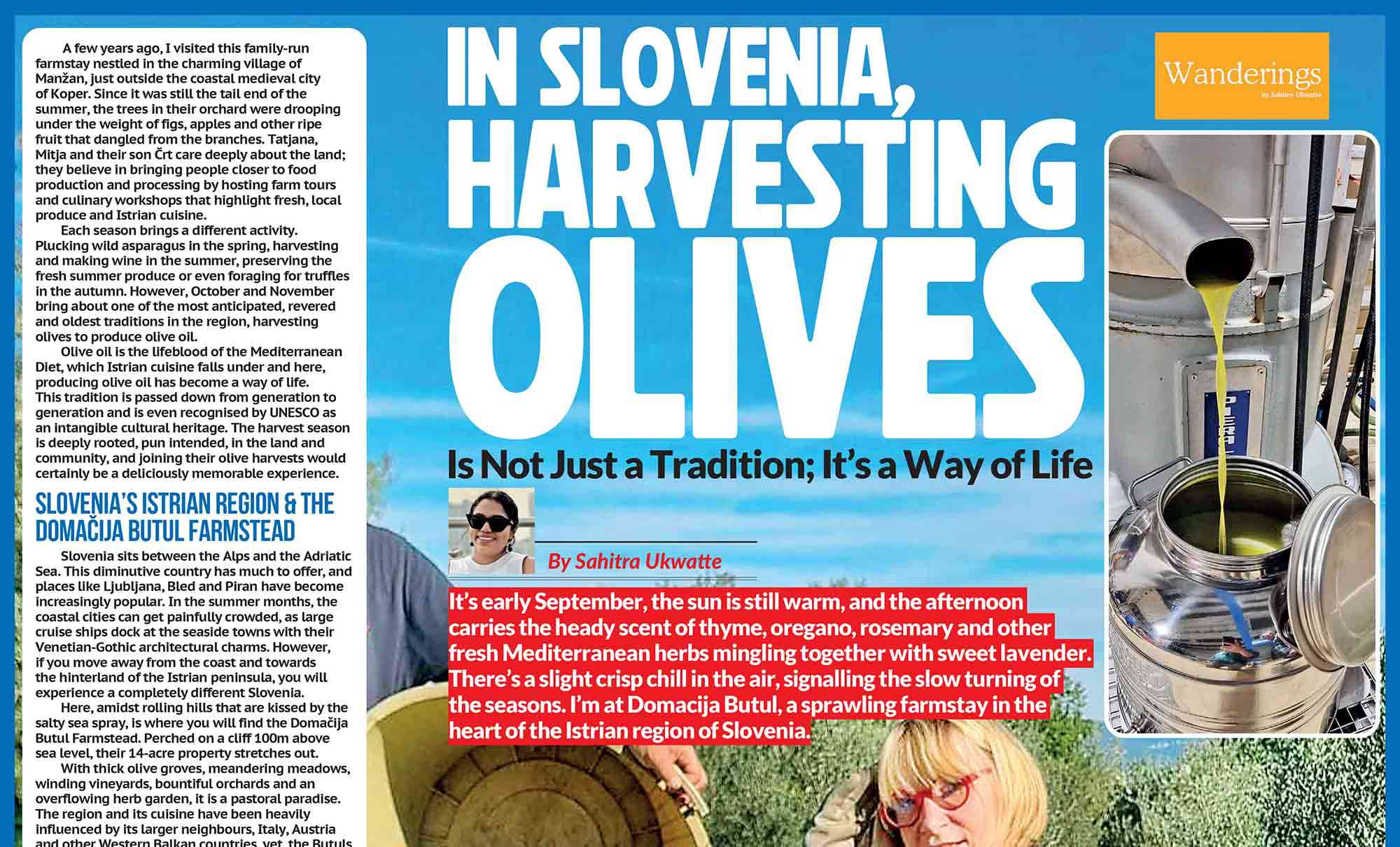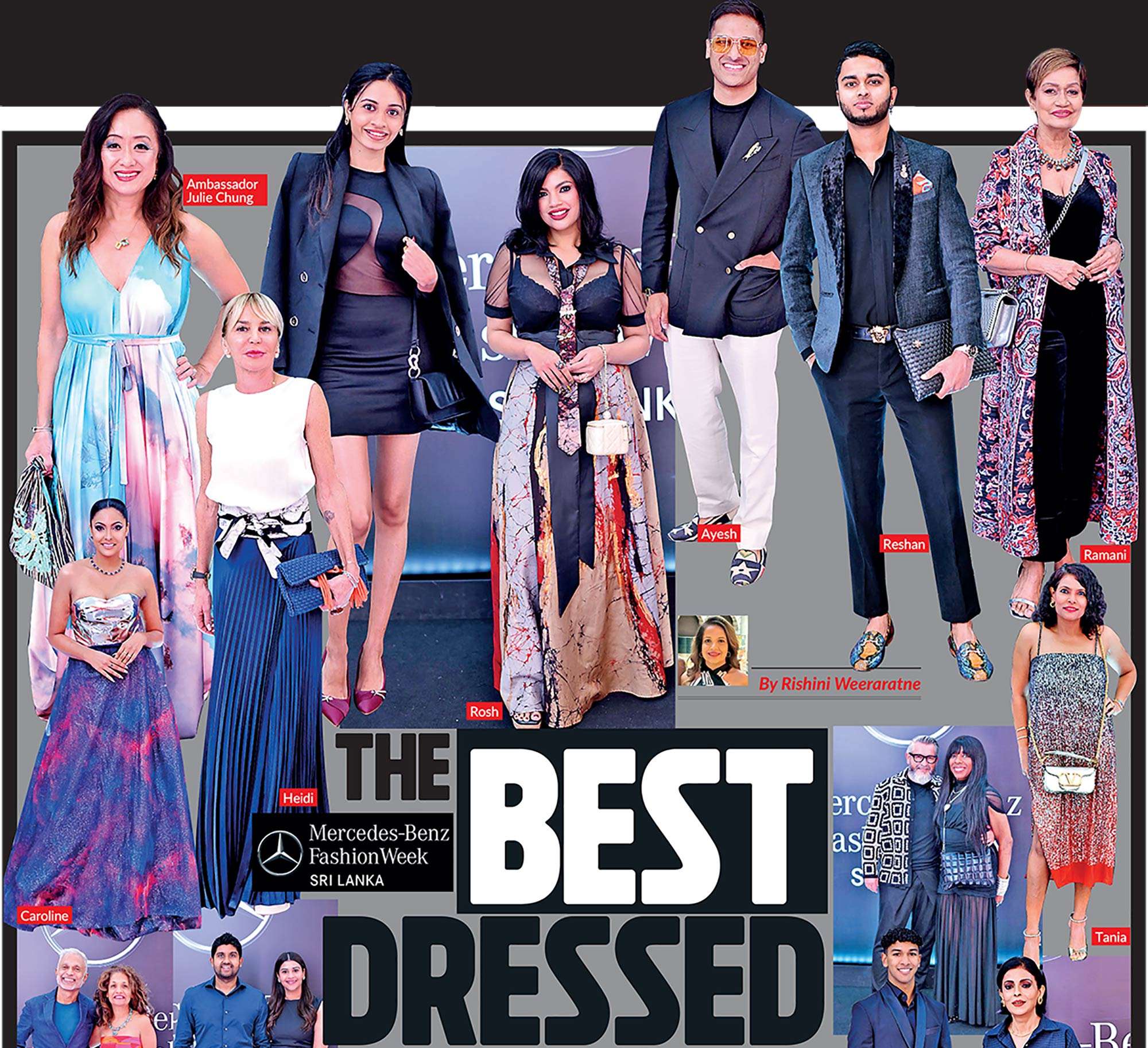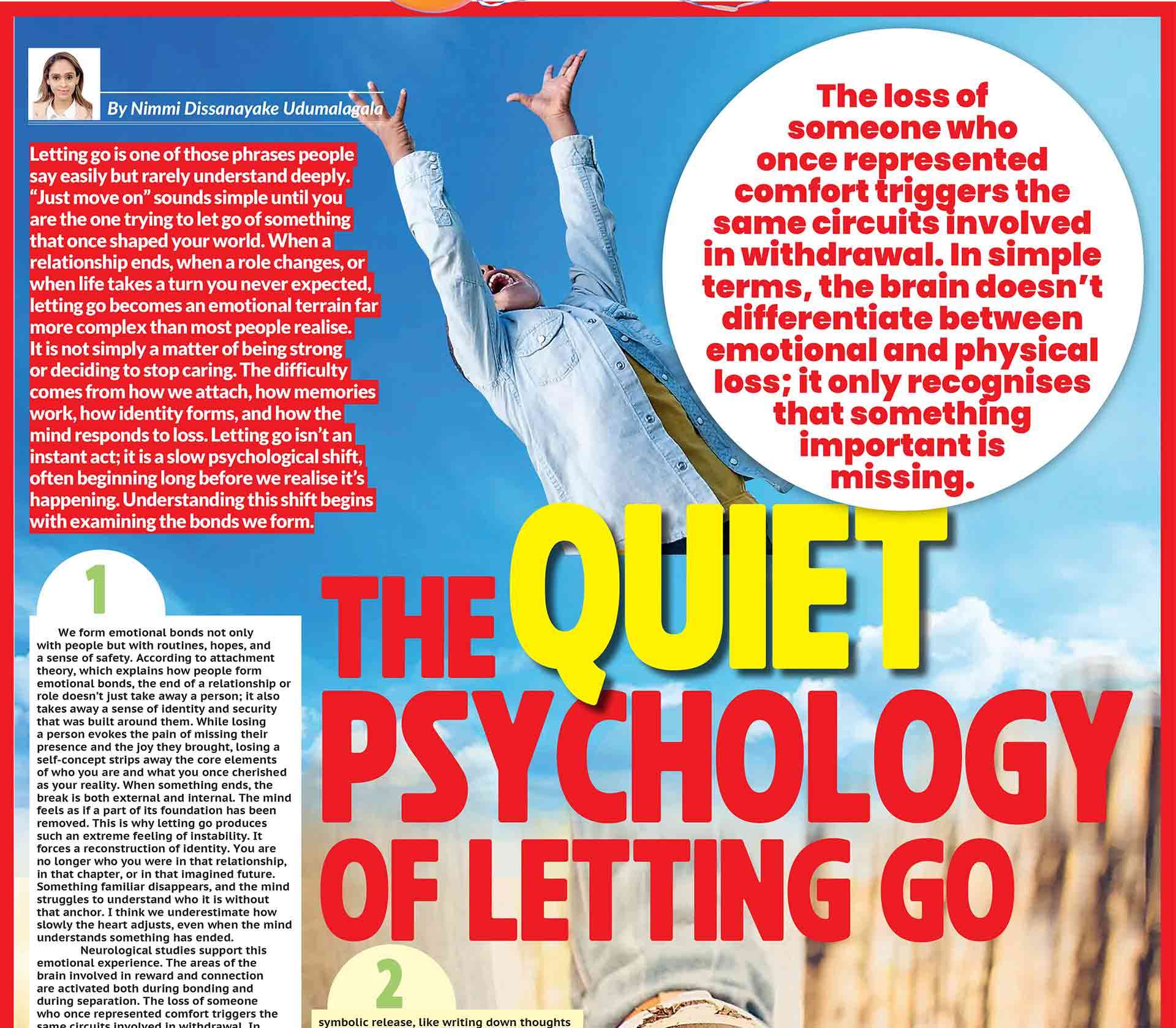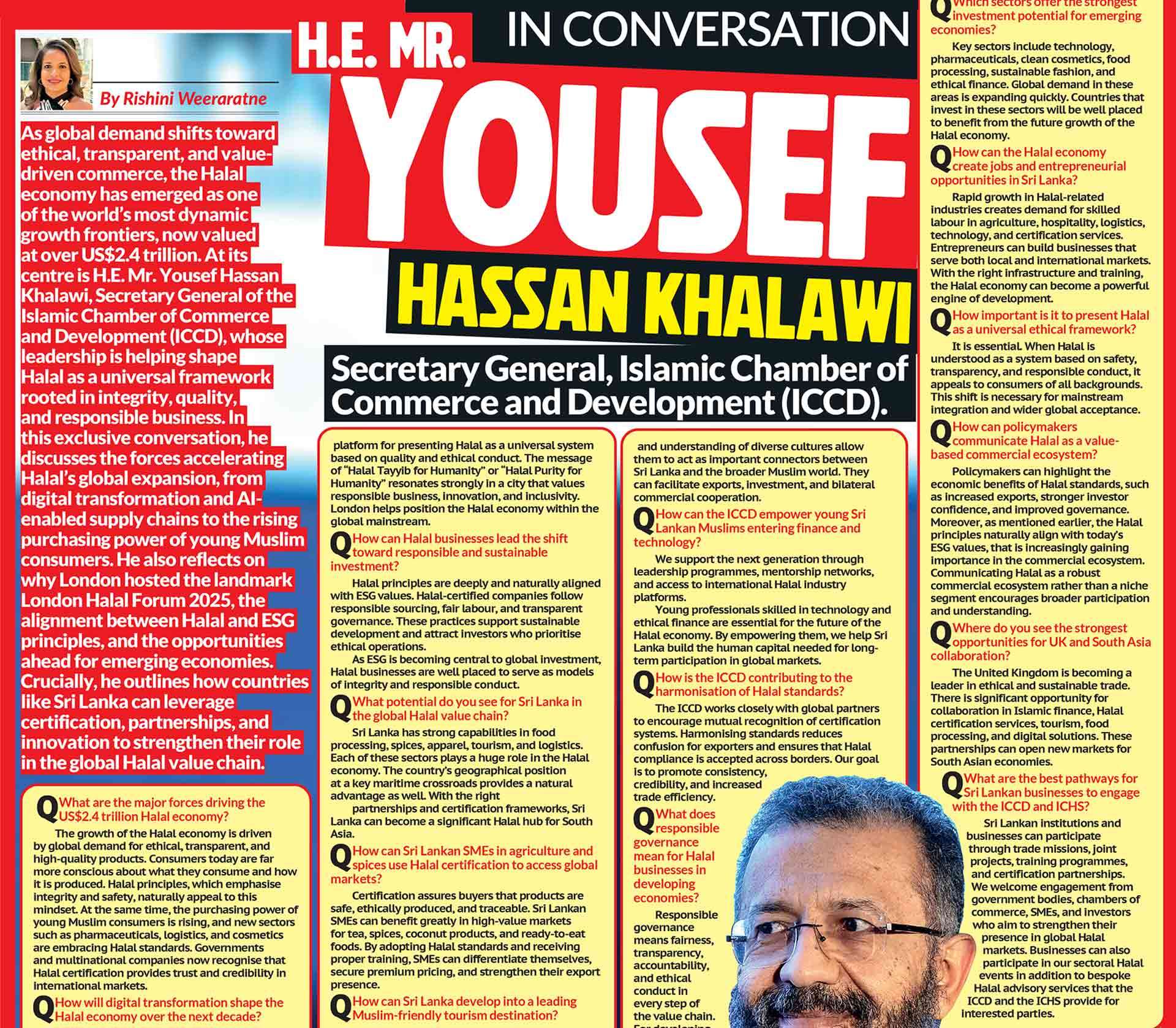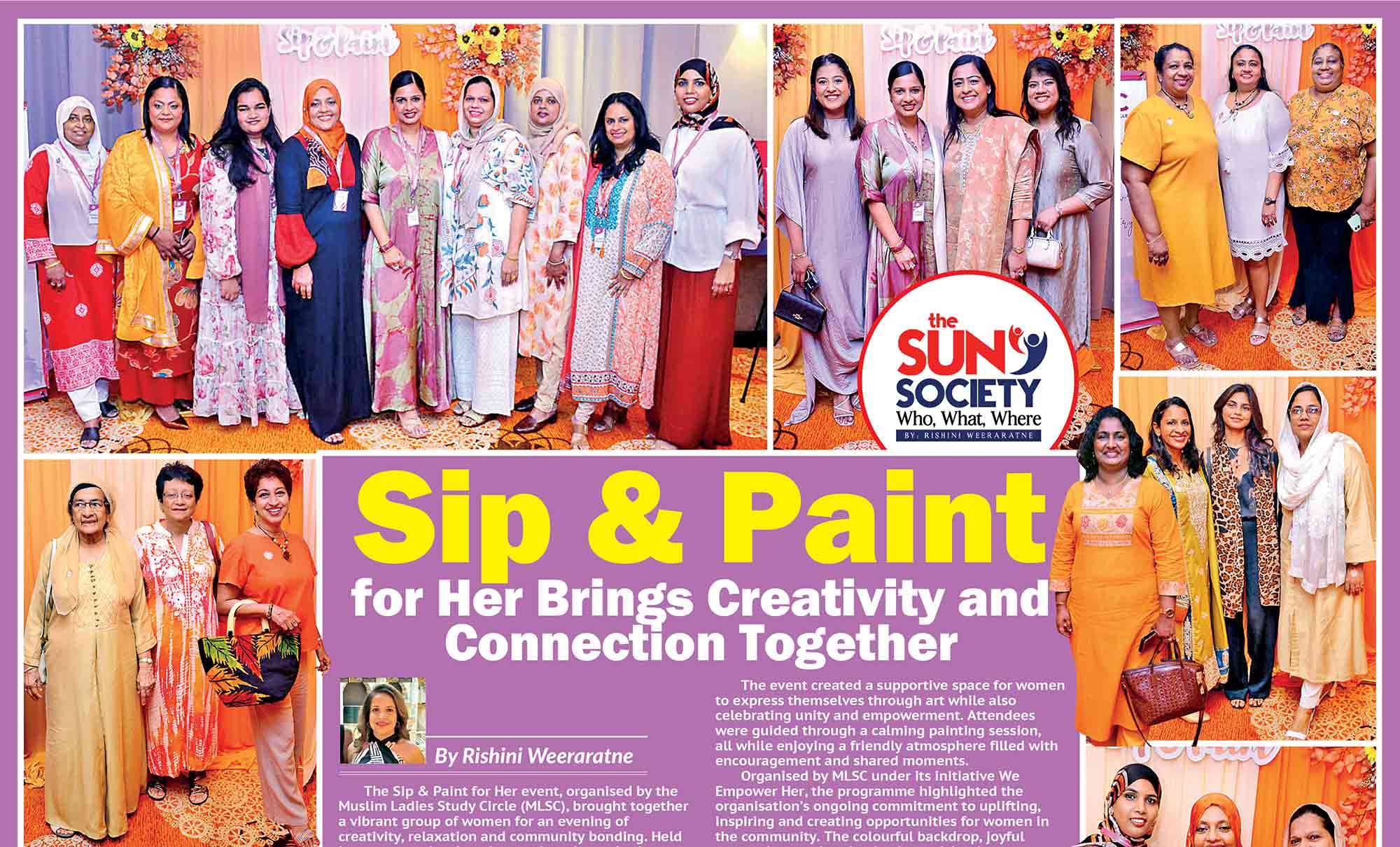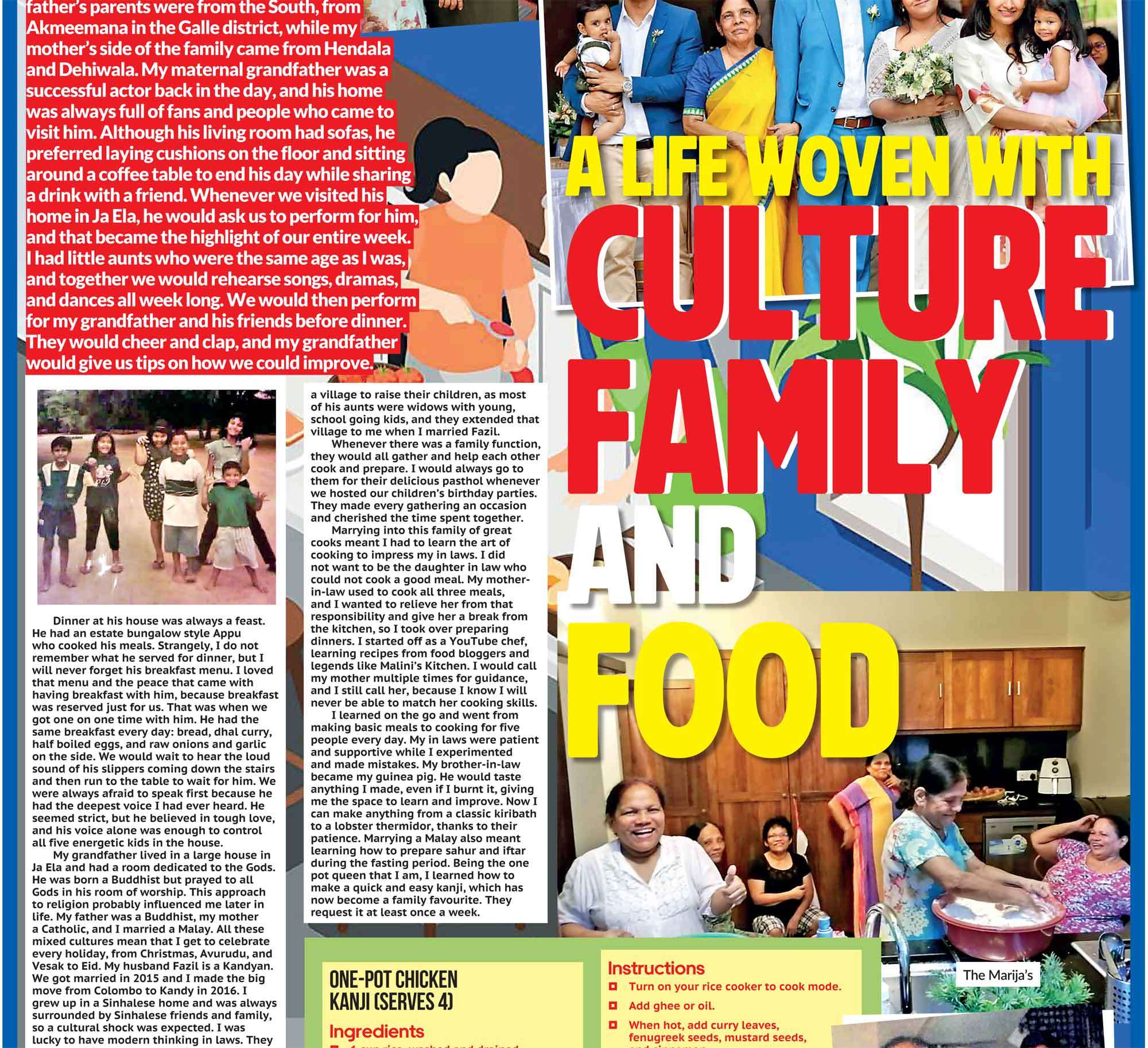Why Pre-Loved Fashion Is the Smartest Statement You Can Make
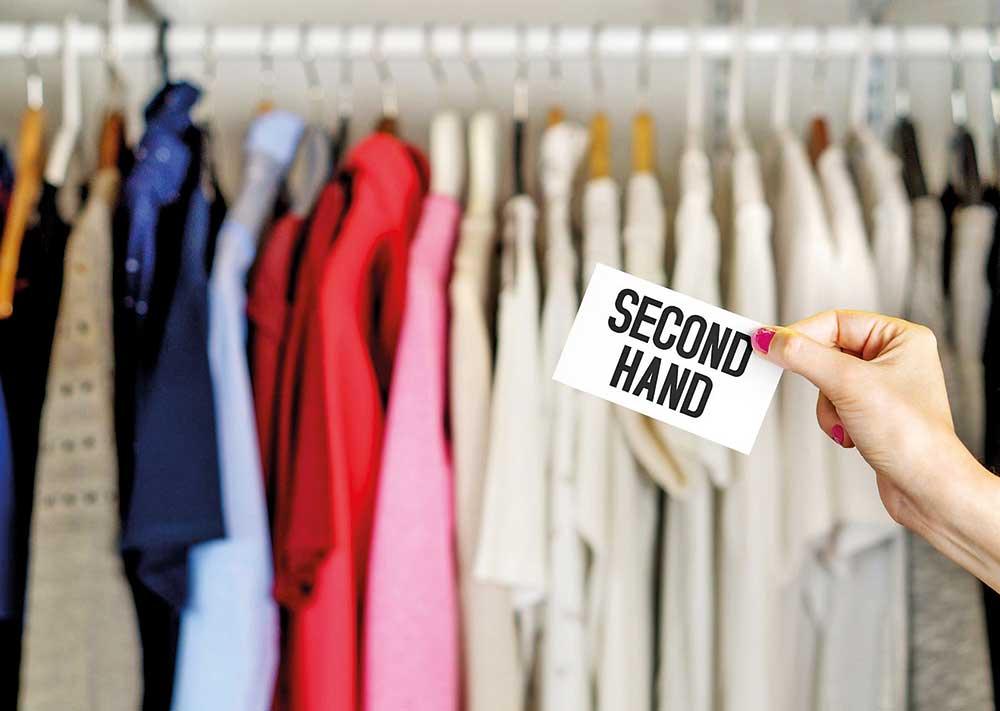
Fast fashion may still dominate the high street, but the winds of change are unmistakable. In a world increasingly aware of climate change, overconsumption, and the need for conscious living, pre-loved fashion is stepping confidently into the spotlight. Once overlooked or underestimated, second-hand clothing has evolved into a movement that combines style, sustainability, and individuality. No longer a last resort, it has become one of the smartest and most stylish statements you can make. This is not merely a fleeting trend. It is a reflection of how we live, shop, and define ourselves in an age where awareness shapes lifestyle choices.
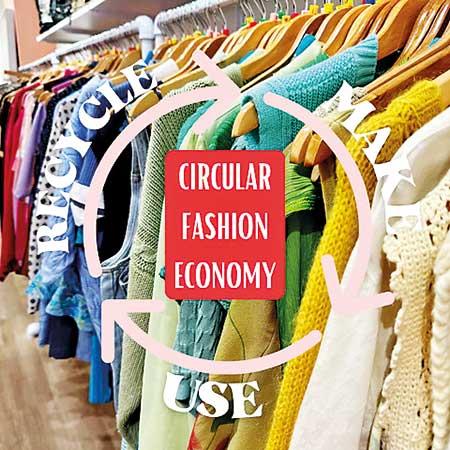 Rewriting the Fashion Narrative
Rewriting the Fashion Narrative
For years, newness was considered essential. A wardrobe refreshed every season, a shopping spree before every occasion, and bags filled with trendy finds became the norm. But beneath the appeal of convenience and affordability lies an environmental cost that is impossible to ignore. The fashion industry remains one of the most polluting sectors globally, generating mountains of textile waste and consuming vast amounts of water and energy. Pre-loved fashion offers a meaningful alternative. Each second-hand purchase contributes to extending the life of clothing, reducing demand for new manufacturing, and disrupting the constant cycle of buying and discarding. This approach promotes mindful ownership rather than thoughtless accumulation. More than anything, second-hand clothing gives people a chance to express themselves with authenticity and purpose.
Fashion with Character
Unlike fast fashion, which often results in mass-produced, short-lived pieces, second-hand fashion is filled with personality. Every vintage jacket, retro dress, or heirloom blouse has lived a life before finding a new home. Each item has a story, and that story becomes a part of yours. This history adds a sense of depth and richness to what you wear. Shopping second-hand can also feel like an adventure. It is a hunt for treasures tucked away in a charity shop or hidden among racks at a vintage market. Whether you discover a perfectly worn pair of jeans, a cashmere sweater with beautiful detailing, or a silk scarf from another era, the thrill is not just in the find, but in the serendipity of it all. Wearing pre-loved clothing allows you to move away from the predictability of mainstream fashion. It encourages personal curation rather than trend following. Your wardrobe becomes a reflection of your individuality, built with pieces that feel meaningful and unique.
A Global Movement Gaining Momentum
The popularity of second-hand fashion is no longer confined to niche communities or subcultures. It is a growing global movement that cuts across demographics, borders, and price points. What was once associated with limited budgets or alternative lifestyles is now part of mainstream culture. From weekend thrift markets and boutique vintage stores to digital resale apps and international platforms, the pre-loved fashion economy is thriving. Clothing swaps and peer-to-peer selling are becoming more popular, and even traditional retailers are beginning to offer resale options or curated vintage collections.
This rise is fuelled by many factors, including a desire for more sustainable living, the appeal of saving money, and the excitement of discovering pieces that are no longer available on store shelves. It is also driven by a growing rejection of wasteful consumption habits and a preference for clothing that stands the test of time.
When Luxury Embraces Longevity
Perhaps the most surprising and exciting development in second-hand fashion is the rise of luxury resale. High-end fashion items, once purchased as status symbols, are now being embraced in their second life. Classic designer pieces like a Chanel jacket, a Louis Vuitton handbag, or a Gucci belt can be found on curated resale platforms and in upscale consignment stores. Purchasing luxury second-hand is not just about affordability. It is about value, craftsmanship, and timeless appeal. Designer items are often made with superior materials and attention to detail, which means they age beautifully and hold their worth over time. By investing in pre-loved luxury, consumers are choosing quality and sustainability over impulsive trend-driven purchases. These items become staples, not throwaways. They are worn with pride and purpose, not as fleeting statements.
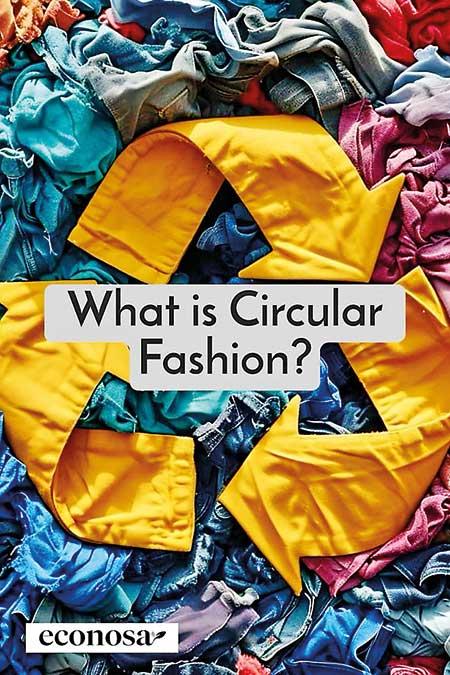 Sustainability Starts in the Wardrobe
Sustainability Starts in the Wardrobe
Environmental concerns are now influencing the way many people approach their closets. Choosing second-hand is one of the simplest ways to reduce your carbon footprint without sacrificing style or expression. Every garment that is reused saves resources, diverts waste from landfills, and lessens pollution caused by production and transportation. This shift is about more than shopping habits. It is about changing the relationship we have with clothing. When people buy less but better, they begin to see their wardrobe differently. Clothes become something to care for, repair, and cherish rather than discard after a few wears. Conscious fashion choices contribute to a circular economy, where garments are kept in use for as long as possible. They also foster a deeper appreciation for what we already own, encouraging creativity and resourcefulness over constant consumption.
Clothes with Memory and Meaning
Across many cultures, wearing second-hand or passed-down clothing is not new. In fact, it has long been a sign of tradition, practicality, and emotional connection. Clothes handed down through generations often carry stories, memories, and cultural significance. A silk sari worn by a grandmother, a wedding dress carefully stored for the next generation, or a vintage watch passed from father to son are all examples of clothing that goes beyond fabric. These garments are woven with love, history, and meaning. Second-hand fashion allows us to tap into that emotional value. In a world where fashion can feel disposable and impersonal, pre-loved items bring a sense of soul. They remind us that what we wear can carry stories, memories, and identity.
Getting Started with Second-Hand Fashion
For those unfamiliar with second-hand shopping, it can seem a little overwhelming at first. But the experience is more intuitive and rewarding than many expect. It offers the chance to slow down, explore, and build a wardrobe with intention.
Start by visiting local thrift shops, vintage fairs, or charity boutiques. These places often hold unique finds and hidden gems. Online platforms also make it easy to browse second-hand items by size, category, and brand. Pay attention to quality. Natural fabrics like wool, cotton, and silk tend to age well. Look for garments with good structure, clean stitching, and classic cuts that never go out of style. Try things on and think creatively. You might need to tailor a piece slightly or experiment with styling, but that is part of the charm. Pair vintage items with modern staples to keep your look fresh and balanced. And most importantly, shop with an open mind. You may not find what you are looking for immediately, but you will often discover something better.
Pre-Loved Is the New Luxury
Choosing second-hand is not just about what you wear. It is about how you think. It is about rejecting excess and embracing what already exists. It is about finding beauty in the imperfect, the worn, and the loved. Second-hand fashion offers something rare in today’s world. It is both stylish and sustainable, affordable and aspirational, personal and purposeful. It allows people to express who they are, not just who fashion says they should be. As the world moves toward more responsible ways of living, dressing with intention becomes a powerful act. In a culture that often equates new with better, second-hand chic proves otherwise. It shows that fashion can be ethical, elegant, and enduring all at once. So, the next time you reach for something new, consider reaching for something old instead. You might just find that your smartest style statement is already out there, waiting to be rediscovered.
- Depop: A trendy app popular with younger shoppers, offering everything from vintage clothes to unique streetwear and independent brands.
- Lata Pata Vintage: A curated online boutique based in Colombo, Sri Lanka, specializing in rare vintage and designer fashion, as well as unique home accessories and art. The platform offers a thoughtfully selected collection of pre-loved pieces, catering to sustainability-conscious shoppers who appreciate high-quality, timeless items.
- ThredUP: One of the largest online thrift stores, specializing in gently used clothing for women and kids, with a focus on sustainability.
- The RealReal: A luxury consignment site that authenticates and sells high-end designer fashion and accessories.
- Poshmark: A social commerce platform where users can buy and sell new or used clothing, shoes, and accessories across many brands.
- Vestiaire Collective: An international marketplace focused on pre-owned luxury fashion, offering authenticated designer items.
